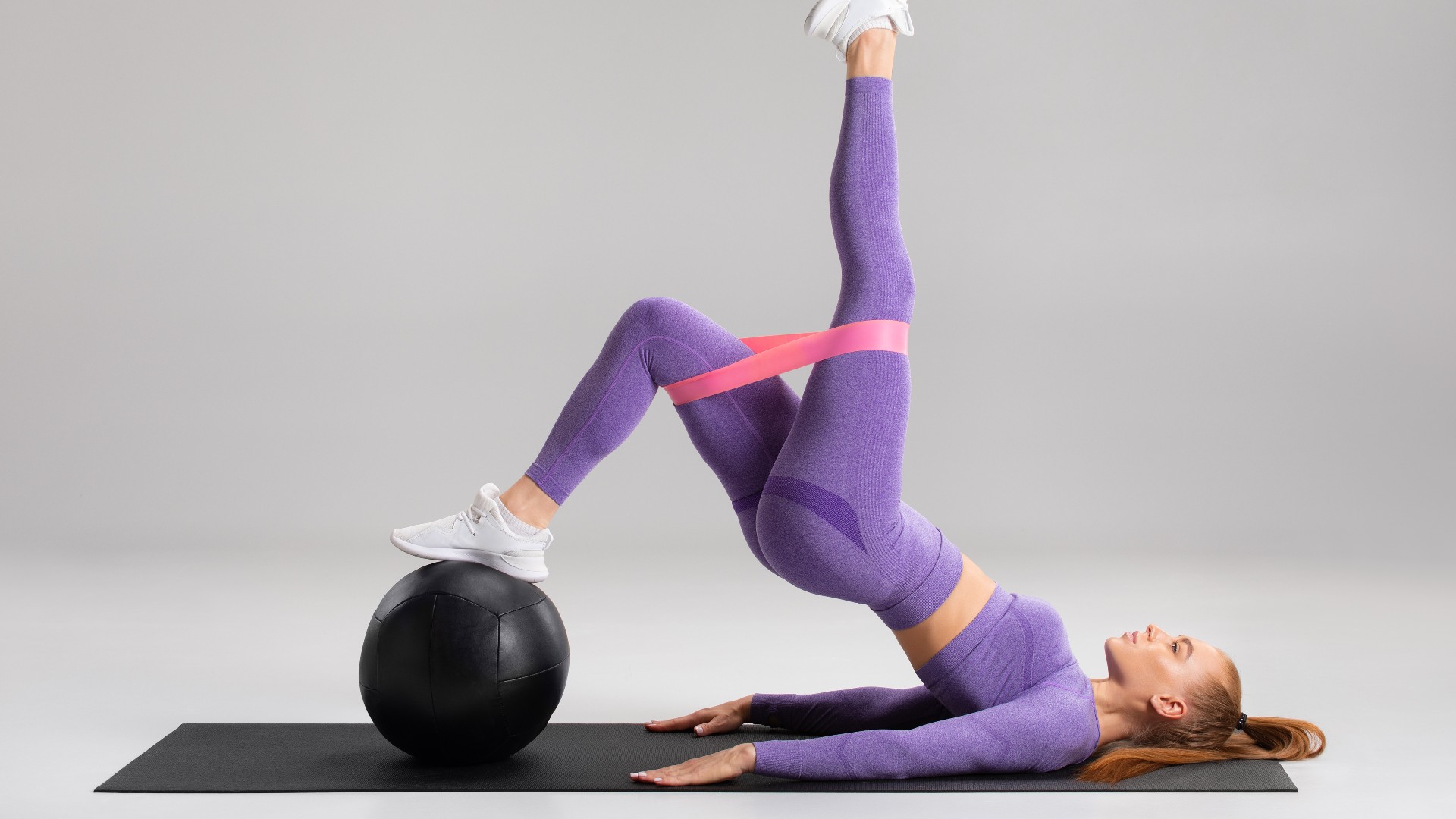
To grow your glutes, you’ll need a solid set of glute exercises to add to your arsenal (no pun intended) to help shape and strengthen them, and it doesn’t happen overnight.
Below, I’ve rounded up my top three go-to glute exercises for building muscle and strength in your glutes. But remember, you’ll need to program these exercises regularly as part of your strength program to see results.
Your glutes are active in most leg day exercises like squats and deadlifts, but they’re commonly underactive, which can put more strain on your lower back and force other muscles (like your quads) to overwork. These three exercises put the glutes front and center, leaving you nowhere to hide.
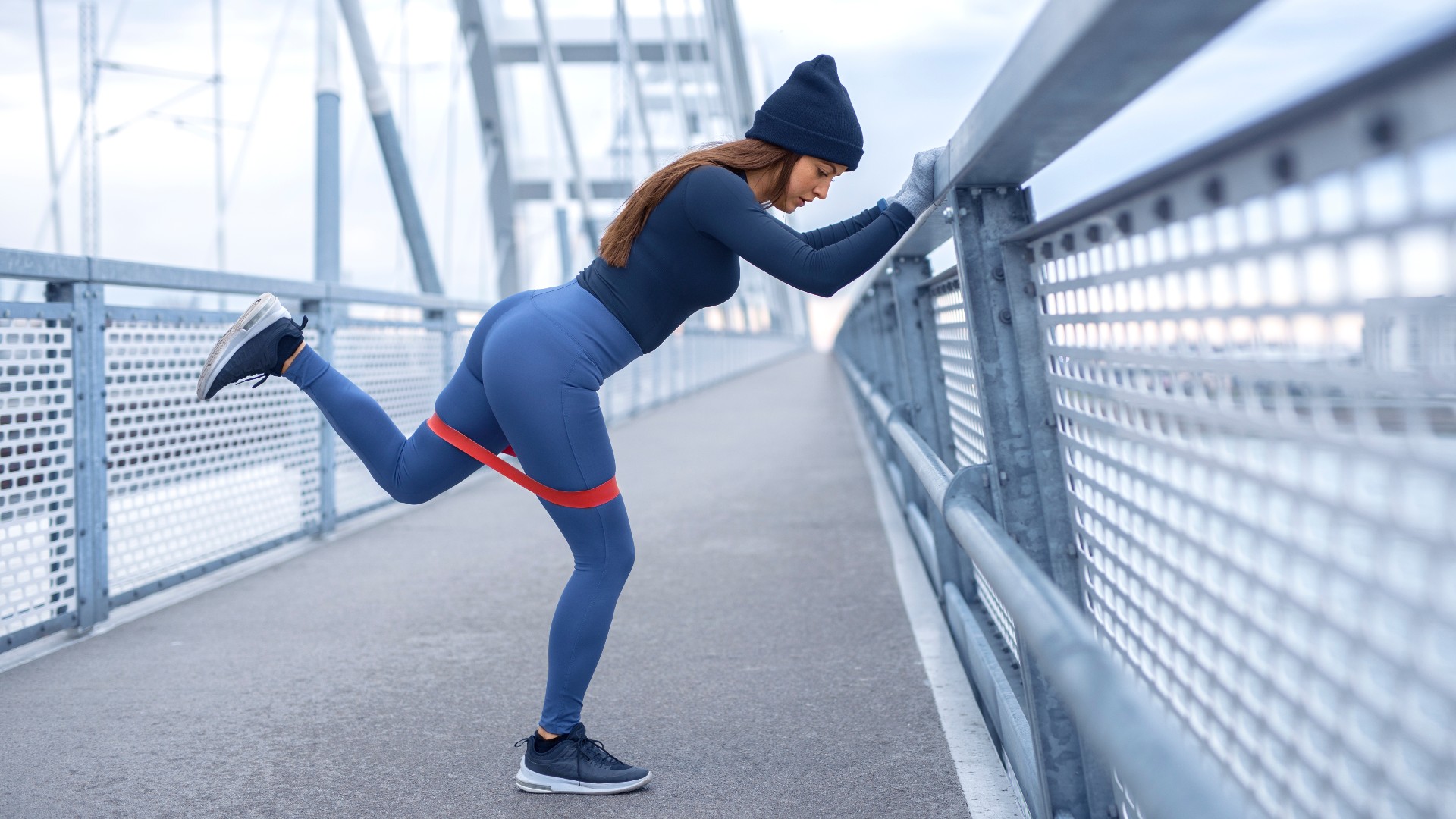
Your gluteal muscles are lesser-known core muscles. These muscles help support posture, protect your lower back and help you move efficiently. All strength programs should include glute training, as weak glute muscles often lead to injury and poor form in the gym.
Grab the best adjustable dumbbells and try these moves. To learn how to use them as part of your workout, we cover that too.
3 best exercises for glutes
1. Hip thrusts
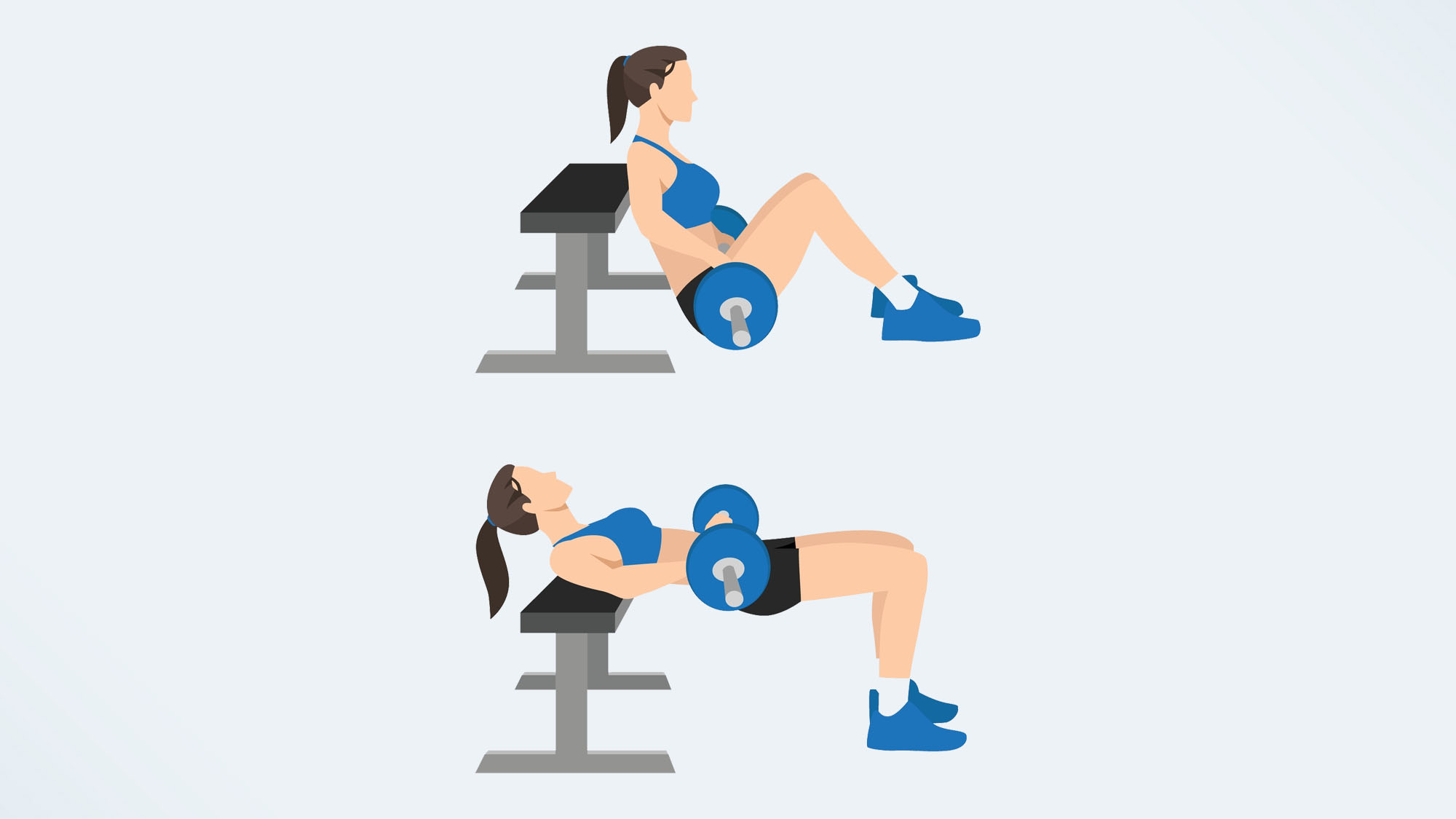
You can thank “The Glute Guy” Bret Contreras for this one. His creation — the hip thrust — has shaped peaches globally. We recommend a dumbbell or barbell to do the exercise, and you can learn how to do hip thrusts step-by-step here.
The move uses the hip extension to hit the big and powerful gluteus maximus, the gluteus medius (outer glutes), quads, adductors (inner thighs), hamstrings and calves. You’ll also use your core to drive the movement with control.
It’s an accessible exercise because you can tailor it to suit most fitness abilities, but I don’t recommend lifting heavy until you’ve perfected your form, and those who suffer from back pain should check with a personal trainer or medical professional first. Bank this one for leg day workouts.
- Start with your back against a bench or box in line with your shoulder blades
- Plant your feet shoulder-width apart and place the barbell or another weight over your hips
- Rest your elbows against the box and keep your gaze forward
- Grip the bar and tuck your chin, then squeeze your core and inhale
- Exhale and drive through your heels, thrusting your hips upward with explosive power
- Keep your pelvis, ribs, and chin tucked under, and squeeze your glutes at the top
- Slowly lower your hips back down to the starting position against the box. Keep your spine neutral throughout.
Practice a glute bridge to nail the movement pattern first, then progress to using weights. Olympic bars weigh 15-20kg, so build to the minimum before moving to barbells. Find out what happened when I did hip thrusts every day for a week.
2. Bulgarian split squats
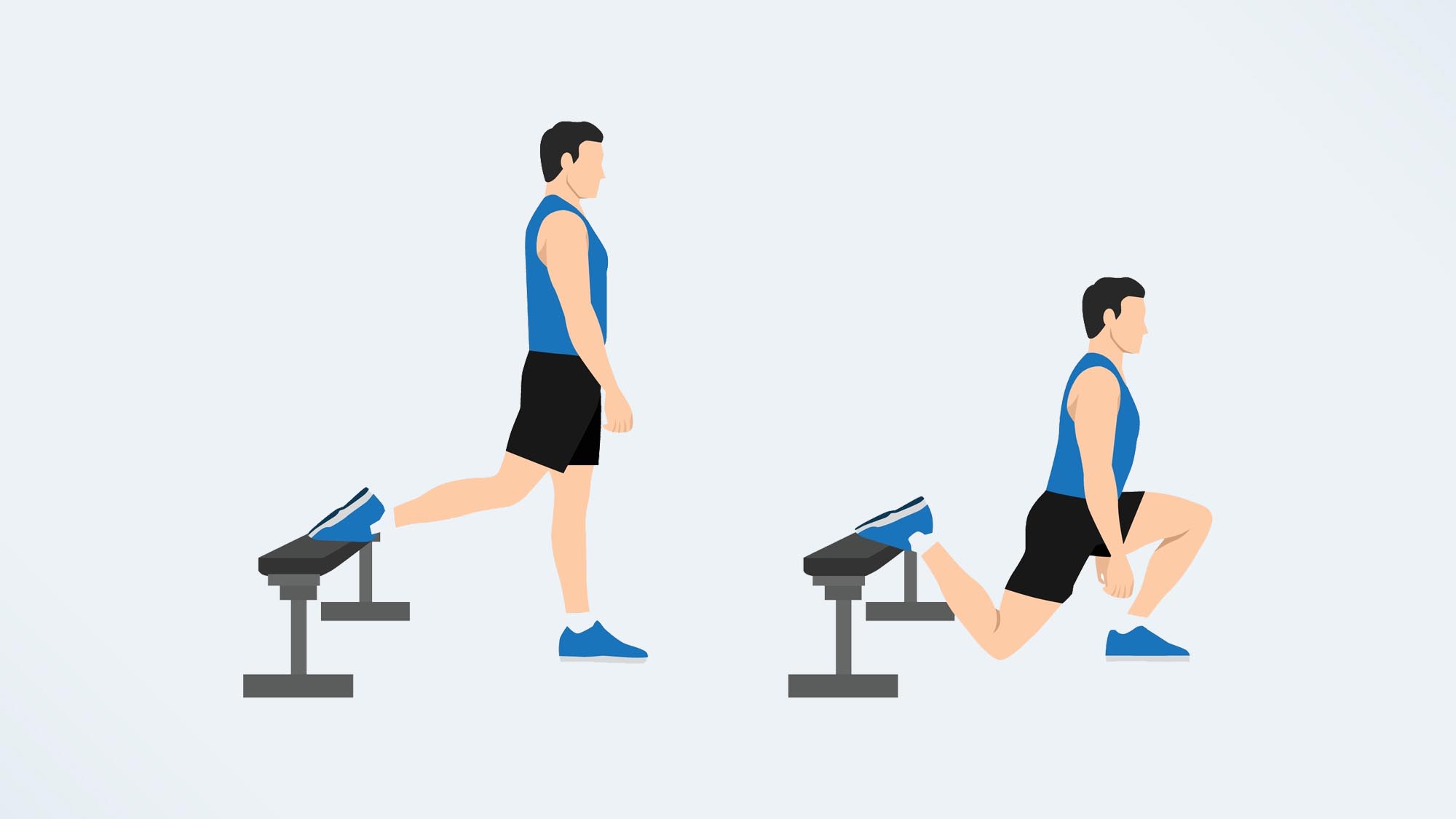
The exercise divides crowds because it torches your legs and glutes, and people struggle to balance on one leg. The split squat emphasizes one leg and the core muscles to keep your body stable, working the quads, hamstrings, glutes and calves.
It’s also a unilateral exercise, meaning it works one side at a time, helping correct imbalances and weakness caused by the dominant side of the body. Here’s how to do Bulgarian split squats in more detail.
- Start by taking a step forward away from a box or bench and putting your left leg up behind you, resting your left foot on the elevated surface
- Your feet should be about shoulder-width apart, and your right front foot should be far enough forward that you can lunge
- Engage your core, slightly lean forward and lower into a lunge, bringing your left knee toward the floor
- Press through your right foot and push through your standing leg to return to standing. Repeat all of the reps on this leg before swapping sides.
If you wobble a lot or collapse at the knee, take a small step forward to give yourself more space. Hold a barbell, kettlebell or dumbbell to progress the exercise.
3. Lateral banded walks
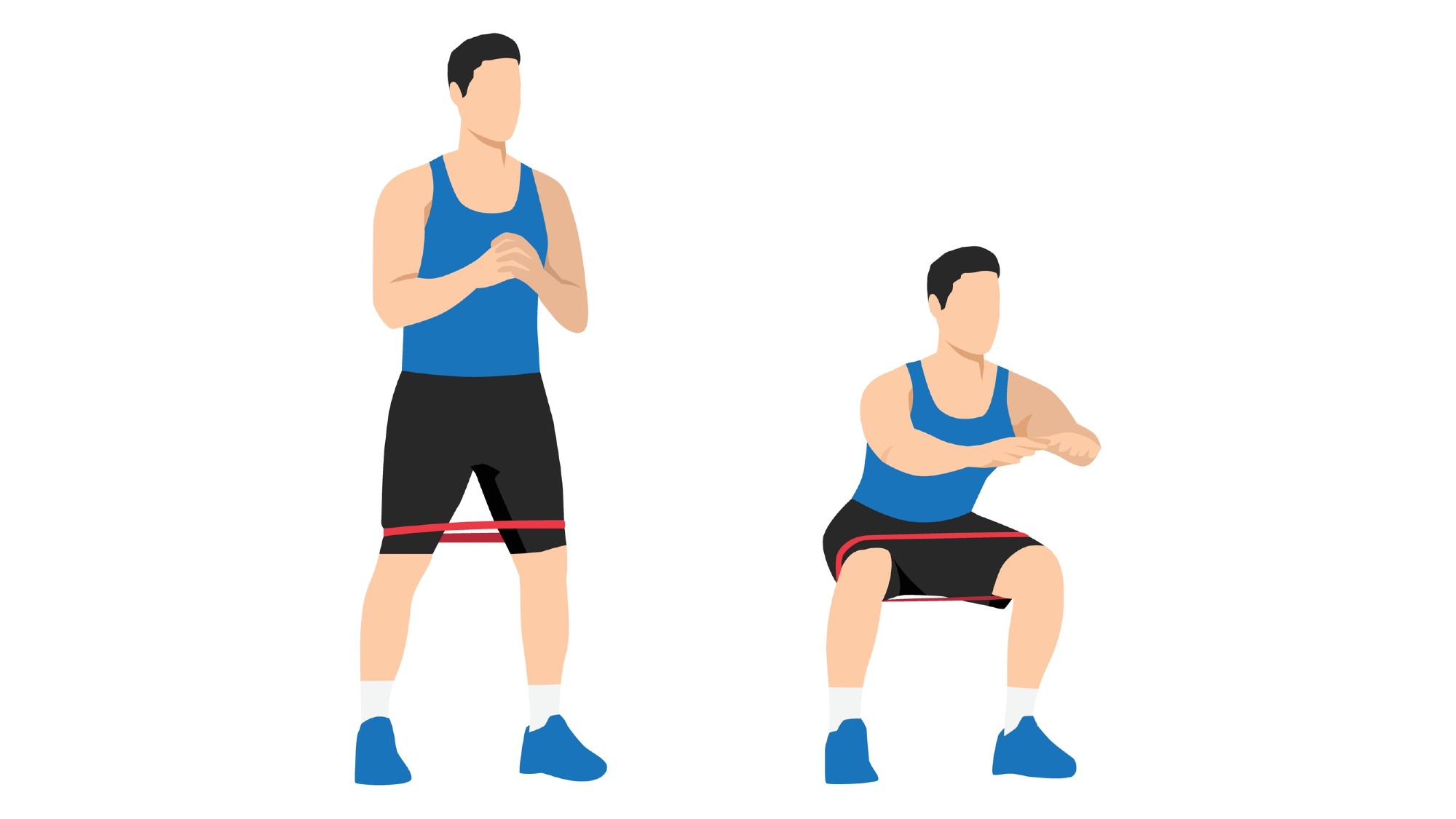
Lateral movements engage the gluteus medius — or the outer glutes. You’ll feel this burn down the outside of your legs and test your posture as you try to keep a neutral spine. The outer glutes are often less engaged than the gluteus maximus. But these muscles support hip abduction and lateral movement day-to-day, so strengthening them is crucial.
- Loop your mini band above your knees
- Stand with feet hip-width apart and feet pointing straight ahead
- Push your knees against the band and lower into a squat.
- Engage your core, sit your bum back and keep your back flat and shoulders relaxed
- Step to the left, maintaining a hip-width gap between your feet after each step. Avoid turning feet out, caving knees inwards or leaning to one side
- Complete reps in one direction, then move in the opposite direction.
I recommend one or two dumbbells or kettlebells to add load to this exercise. Move with control and focus on keeping your chest up.
How to grow your glutes
Resistance training is the best way to strengthen and grow bigger muscles, but you’ll need to focus on consistency and overload to challenge muscles to repair, adapt and grow. That’s where the progressive overload principle comes in; focusing on your variables (sets, reps and load, for example) can stimulate muscle growth.
And even though exercises like squats and lunges work your glutes, quad-dominant exercisers will inevitably find it harder to activate their glutes properly. According to research, weak glutes could lead to sports-related injuries, so a well-rounded leg day is necessary to achieve a well-rounded backside.
How to program glute exercises
If you prefer “traditional” resistance training programs, start with 3-4 sets of 8-12 reps per exercise supersetted (no rest between exercises) or with no more than 30-60 seconds between. Rest between sets, loading to a challenging weight (the last few reps should be difficult to finish).
Here’s more on hypertrophy vs strength training.
If you want to combine these moves into a three-move glute workout, complete 8-12 reps of one exercise within a minute, leaving no more than 10-15 seconds rest until the next minute. Each time a new minute begins, move to the next exercise, completing 4-5 rounds.







